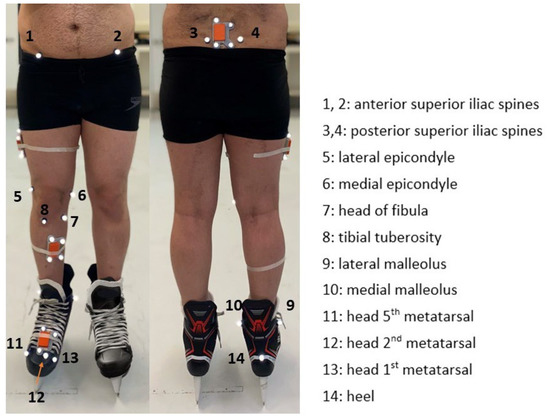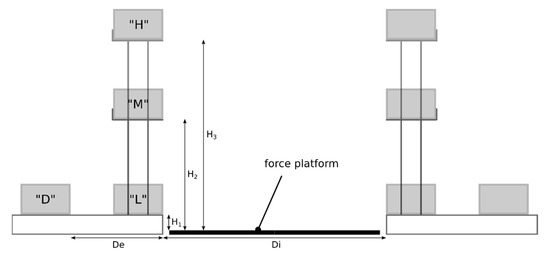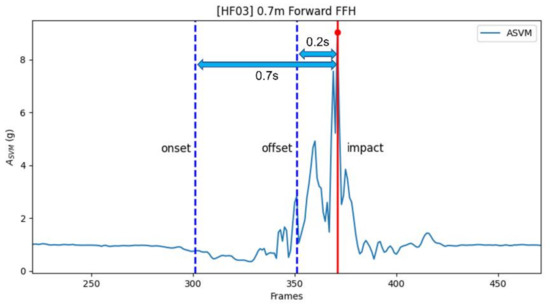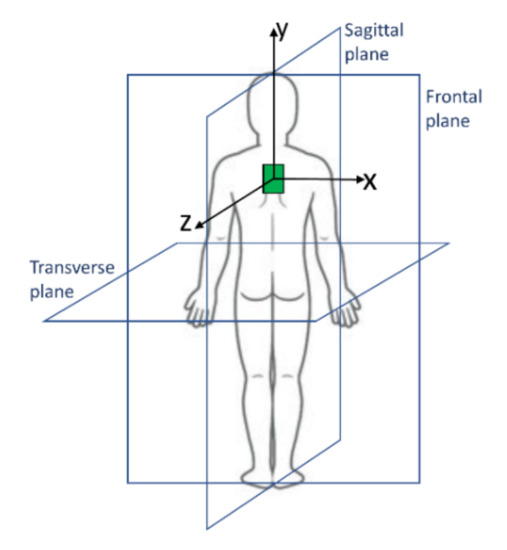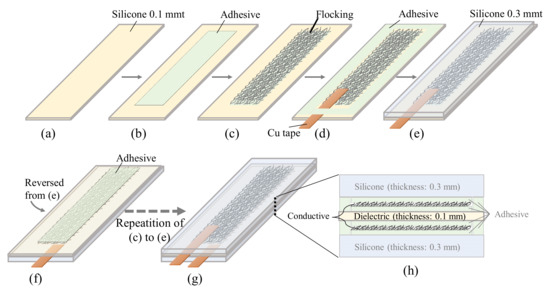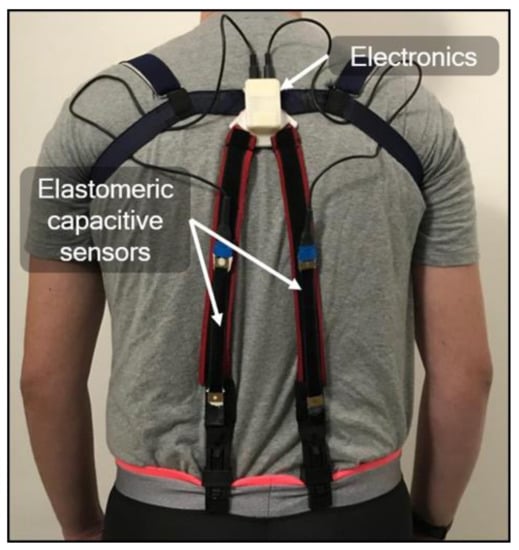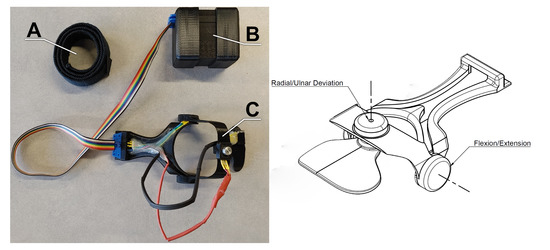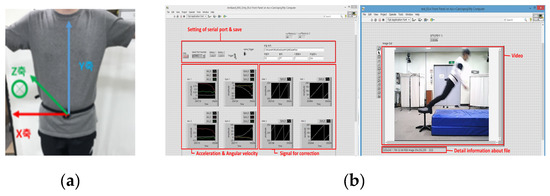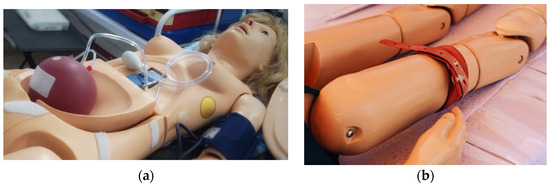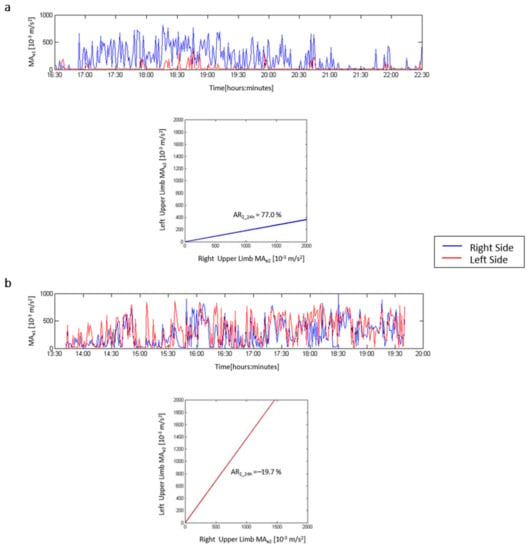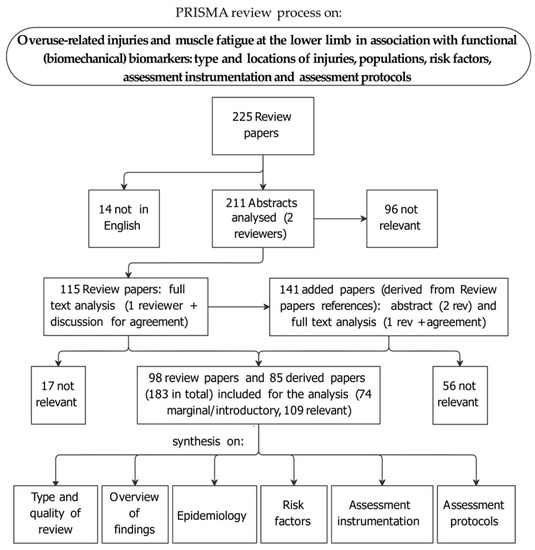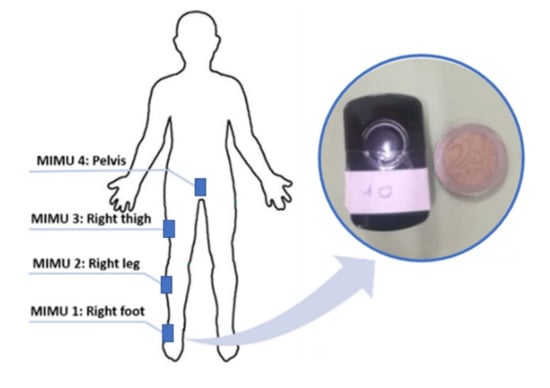Wearable Sensors for Risk Assessment and Injury Prevention
A topical collection in Sensors (ISSN 1424-8220). This collection belongs to the section "Wearables".
Viewed by 41350Editors
Interests: human movement analysis; gait analysis; sport biomechanics; inertial sensors
Special Issues, Collections and Topics in MDPI journals
Interests: wearable sensors; machine learning; activity recognition; inertial sensors; movement analysis; gait parameters estimation; automatic early detection of gait alterations; sports bioengineering; mobile health
Special Issues, Collections and Topics in MDPI journals
Topical Collection Information
Dear Colleagues,
30 years of development of algorithms for human movement analysis by means of inertial sensors have made such sensors a viable alternative to traditional motion capture, especially when the analysis of the motor task is required in non-standard environments and for long periods of time (e.g., ambulatory settings or during daily life activities). Meanwhile, technological advances have made “wearable” an increasing number of sensors typologies for the measurement of human motion-related mechanical and physiological variables (e.g., force/pressure sensors, surface electromyography, positioning systems, heart rate monitors). We can safely say that, at the beginning of 2020, the use of wearable sensors for the assessment of motor disorders in clinical settings and human activities in free-living environments is now well-established. Having come this far, the aim of this collection is to gather contributions to help delineate this new and emerging field that makes wearable sensors a tool for biomechanical risk assessment and injury prevention during work-, home-, sport- and leisure-related activities. Risk assessment and injury prevention both need to be performed in real-life environments and often through continuous monitoring, and wearable sensors are well suited for this purpose. This collection welcomes original research articles and narrative and systematic reviews focused on the use of the following typologies of wearable sensors:
- motion sensors;
- force/pressure sensors;
- EMG sensors;
- heart rate sensors;
- light/noise sensors;
- humidity/temperature sensors;
- position sensors.
for risk assessment and injury prevention of people at work, at home or during their sport and leisure activities. Single-sensor solutions, smart-devices, wearable sensor networks and sensorized wearable-robotics are key technologies for this collection.
Prof. Dr. Pietro Picerno
Dr. Andrea Mannini
Dr. Clive D’Souza
Collection Editors
Manuscript Submission Information
Manuscripts should be submitted online at www.mdpi.com by registering and logging in to this website. Once you are registered, click here to go to the submission form. Manuscripts can be submitted until the deadline. All submissions that pass pre-check are peer-reviewed. Accepted papers will be published continuously in the journal (as soon as accepted) and will be listed together on the collection website. Research articles, review articles as well as short communications are invited. For planned papers, a title and short abstract (about 100 words) can be sent to the Editorial Office for announcement on this website.
Submitted manuscripts should not have been published previously, nor be under consideration for publication elsewhere (except conference proceedings papers). All manuscripts are thoroughly refereed through a single-blind peer-review process. A guide for authors and other relevant information for submission of manuscripts is available on the Instructions for Authors page. Sensors is an international peer-reviewed open access semimonthly journal published by MDPI.
Please visit the Instructions for Authors page before submitting a manuscript. The Article Processing Charge (APC) for publication in this open access journal is 2600 CHF (Swiss Francs). Submitted papers should be well formatted and use good English. Authors may use MDPI's English editing service prior to publication or during author revisions.
Keywords
- wearable
- motion analysis
- ergonomics
- assistive technologies
- fall detection
- biomechanical risk
- smart sensors
- tele-rehabilitation
- continuous monitoring
- traumatology
- sport biomechanics









